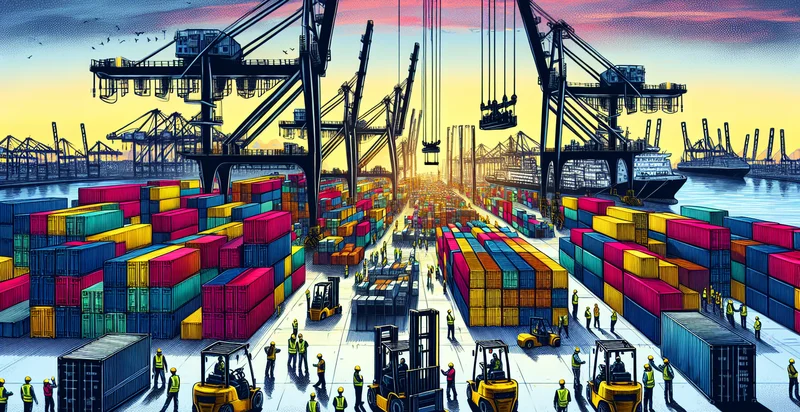Identify hose conditions
using AI
Below is a free classifier to identify hose conditions. Just upload your image, and our AI will predict the condition of the hose. - in just seconds.


Contact us for API access
Or, use Nyckel to build highly-accurate custom classifiers in just minutes. No PhD required.
Get started
import nyckel
credentials = nyckel.Credentials("YOUR_CLIENT_ID", "YOUR_CLIENT_SECRET")
nyckel.invoke("hose-conditions", "your_image_url", credentials)
fetch('https://www.nyckel.com/v1/functions/hose-conditions/invoke', {
method: 'POST',
headers: {
'Authorization': 'Bearer ' + 'YOUR_BEARER_TOKEN',
'Content-Type': 'application/json',
},
body: JSON.stringify(
{"data": "your_image_url"}
)
})
.then(response => response.json())
.then(data => console.log(data));
curl -X POST \
-H "Content-Type: application/json" \
-H "Authorization: Bearer YOUR_BEARER_TOKEN" \
-d '{"data": "your_image_url"}' \
https://www.nyckel.com/v1/functions/hose-conditions/invoke
How this classifier works
To start, upload your image. Our AI tool will then predict the condition of the hose..
This pretrained image model uses a Nyckel-created dataset and has 20 labels, including Blocked, Brittle, Broken, Bulging, Collapsed, Corroded, Cracked, Damaged, Discolored and Faded.
We'll also show a confidence score (the higher the number, the more confident the AI model is around the condition of the hose.).
Whether you're just curious or building hose conditions detection into your application, we hope our classifier proves helpful.
Related Classifiers
Need to identify hose conditions at scale?
Get API or Zapier access to this classifier for free. It's perfect for:
- Quality Control in Manufacturing: The false image classification function can be integrated into manufacturing processes to identify defective products in real-time. By analyzing images of goods under various conditions, the system can flag items that do not meet quality standards, reducing waste and enhancing efficiency.
- Automated Crop Monitoring: In agriculture, the function can be employed to monitor crop conditions by analyzing images of plants and their environment. This enables farmers to detect issues such as disease or pest infestations early on, allowing for timely intervention and minimizing loss.
- Retail Inventory Management: Retailers can utilize the function to manage inventory by categorizing images of products on shelves. This aids in identifying misplaced items or stock shortages, ensuring that the store is well-stocked and organized, which ultimately enhances customer experience.
- Real Estate Property Assessment: Real estate professionals can apply the false image classification function to assess property images for conditions that may require attention, such as damaged roofs or landscaping issues. This data-driven approach can streamline property evaluations, aiding in more accurate pricing and marketing strategies.
- Insurance Claims Processing: Insurance companies can implement the function to analyze images submitted with claims for damage verification. By accurately classifying conditions depicted in these images, insurers can expedite the claims process and reduce fraudulent claims.
- Smart Surveillance Systems: In security, the function can enhance surveillance systems by distinguishing between normal and suspicious activities captured in images. This helps in alerting security personnel to potential threats more effectively, facilitating faster responses to incidents.
- Environmental Monitoring: The function can be utilized in environmental conservation to monitor conditions of natural habitats through aerial and satellite imagery. By identifying changes in land use or degradation, conservationists can better assess the impact of human activity and implement proactive measures for protection.


